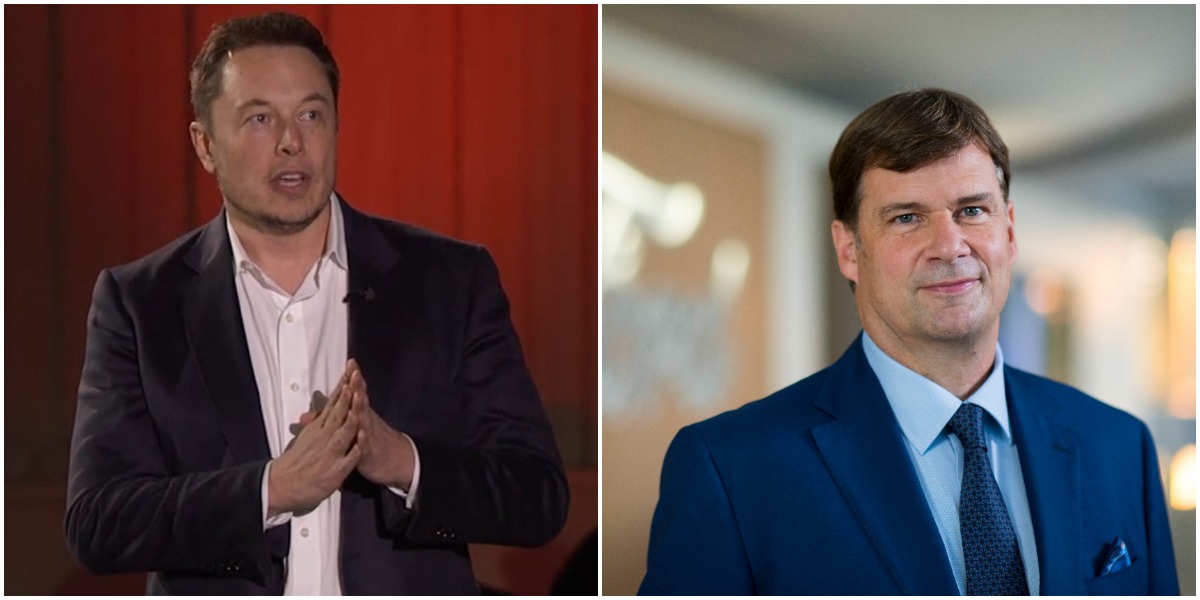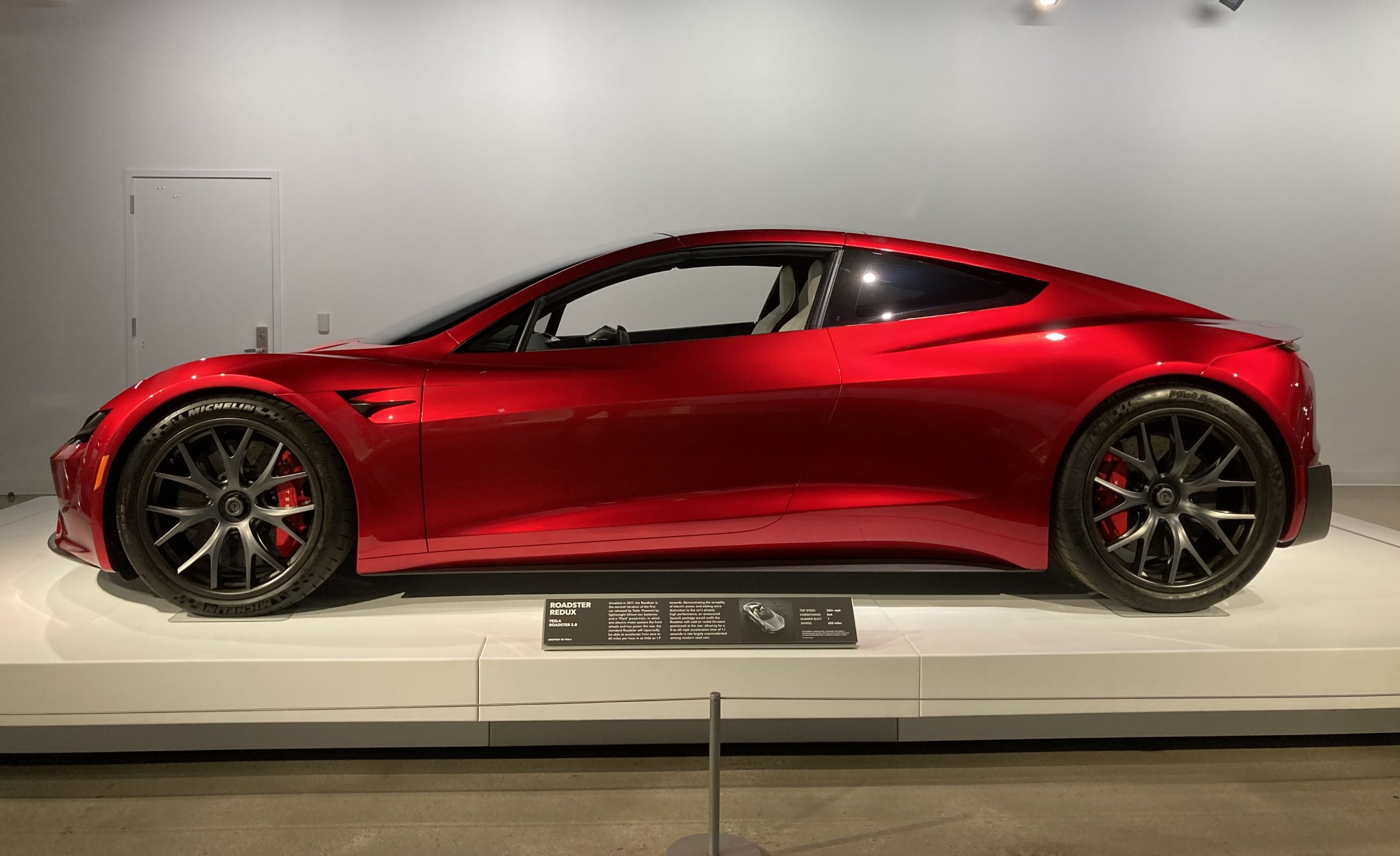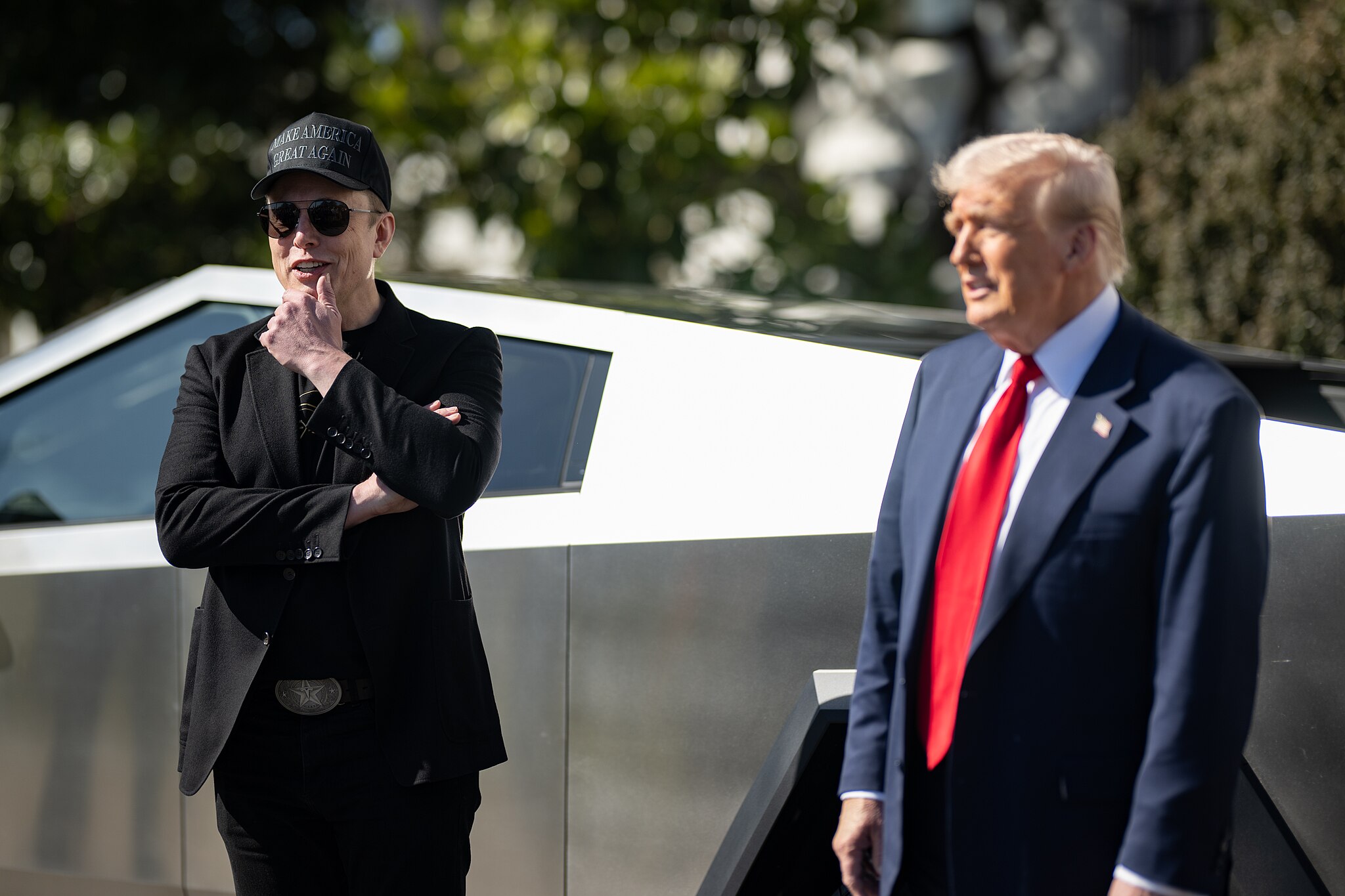Elon Musk
Tesla’s Elon Musk gives nod to Ford while acknowledging his influence on EVs
“Ford basically invented mass manufacturing of large, complex products. Everyone else copied.”

Tesla CEO Elon Musk gave a tremendous nod to Ford while also acknowledging his own influence on EVs and the automotive industry in general.
Yesterday, Ford announced its new manufacturing process for EVs, which was essentially a rebirth of its own production lines and plans for more affordable models to offer consumers.
It was important to recognize that Ford truly launched automotive manufacturing with its production of the Model T 122 years ago.
That’s exactly what Musk did in a response to Ford CEO Jim Farley:
Ford basically invented mass manufacturing of large, complex products. Everyone else copied.
Most people don’t know this.
— Elon Musk (@elonmusk) August 11, 2025
In the over 100 years since Ford started producing vehicles, the company has had one significant fact go under the radar: it truly created a great process for building large, complex vehicles. It is something that many companies eventually adopted as the car industry took off.
Tesla is in a similar situation. It has used things like the Giga Press from the Italian company IDRA to create a better, more efficient, streamlined process for building cars.
It was able to use casting to eliminate a vast majority of parts from the Model Y, which not only helped increase manufacturing efficiency but also improved safety and structural rigidity. It truly revolutionized manufacturing for the company, and Ford said that it would adopt a similar mindset with its new EVs.
Yesterday, Doug Field, the Chief EV, Digital and Design Officer for Ford, and a former Sr. VP of Engineering for Tesla, said the company was taking the mentality that “the best part is no part.”
Musk acknowledged how far it has come and how it is influencing other car companies to do the same in terms of its production strategy:
🫡
— Elon Musk (@elonmusk) August 12, 2025
Ford is using an “Assembly Tree,” which is essentially very similar to Tesla’s “unboxed production process.” In addition to the use of Gigacasting, which Ford is calling “Unicasting,” as well as the use of structural batteries, it is almost as if Tesla is having its own “Model T moment.”
Ford has been quick to adopt an EV mentality as it plans to transition its business over the next decades. It is working to prepare for the future of the atuomotive industry, and although it has adjusted its strategy, it can’t be denied that Ford is one of the legacy automakers taking this new chapter in cars seriously.

Elon Musk
Elon Musk’s Biggest Revelations on AI, Robots, and the Future of Work from the Moonshots Podcast

Elon Musk’s appearance on the Moonshots with Peter Diamandis podcast was packed with bold predictions, candid admissions, and surprising tech insights. The nearly three-hour conversation covered everything from artificial intelligence to humanoid robots, geopolitics, and the future of work. Here are the top 10 most intriguing takeaways:
-
Aggressive AGI Timeline Predictions
Musk offered a detailed view on when artificial general intelligence (AGI) could emerge, suggesting it may arrive sooner than many expect, emphasizing both transformative potential and risks.
-
U.S. vs. China in the AI Race
He discussed the strategic competition between the United States and China over AI development, noting that geopolitical dynamics will shape how and who leads in the next decades.
-
Future of Job Markets
Musk touched on how AI and automation could reshape employment, predicting massive boosts in productivity alongside potential disruptions in traditional work structures.
-
Clean Energy Transition
A recurring theme was the role of clean energy in future economies, with Musk reiterating the importance of scaling sustainable power generation and storage.
-
Humanoid Robots Are Coming
On the podcast, Musk elaborated on Tesla’s work on humanoid robots, hinting at timelines and applications that go beyond factories to general-purpose assistance.
-
Tesla Roadster “Last Human-Driven Car”
Outside the core discussion topics, Musk teased features of the upcoming Tesla Roadster — calling it “the best of the last of the human-driven cars” and suggesting safety won’t be its main selling point.
-
The Role of AI in Clean Energy and Robotics
Linking AI to both energy optimization and robotics, Musk explained how smarter systems could accelerate decarbonization and task automation across industries.
-
U.S. Innovation Leadership
Musk argued that maintaining American leadership in key tech sectors like AI, space, and robotics should be a national priority, with thoughtful policy and investment.
-
Job Creation vs. Job Elimination
While acknowledging automation’s disruptive effects, he also outlined scenarios where new industries and opportunities could emerge, particularly in AI, space, and advanced manufacturing.
-
Long-Term Vision for Humanity
Throughout the conversation, Musk revisited his long-term philosophical views — including a belief in humanity’s responsibility to become a multi-planetary and technologically empowered species.
Whether you agree with Musk’s optimism or not, the podcast offers a window into the thinking of one of the most influential figures in tech today, in and why his visions continue to spark debate and inspiration.
Elon Musk
Elon Musk just said some crazy stuff about the Tesla Roadster

Elon Musk appeared on the Moonshots podcast with Peter Diamandis today to discuss AGI, U.S. vs. China, Tesla, and some other interesting topics, but there was some discussion about the upcoming unveiling of the Roadster, the company’s electric supercar that will arrive several years after it was initially slated for release.
Musk made some pretty amazing claims about the Roadster; we already know it is supposed to be lightning-fast and could even hover, if Tesla gets everything to happen the way it wants to. However, the car has some pretty crazy capabilities, some of which have not even been revealed.
On the podcast, Musk said:
“This is not a…safety is not the main goal. If you buy a Ferrari, safety is not the number one goal. I say, if safety is your number one goal, do not buy the Roadster…We’ll aspire not to kill anyone in this car. It’ll be the best of the last of the human-driven cars. The best of the last.”
🚨 Elon on the Roadster unveiling, scheduled for April 1:
— TESLARATI (@Teslarati) January 6, 2026
Musk makes a good point: people who buy expensive sports cars with ridiculous top speeds and acceleration rates do not buy them to be safe. They hope they are safe in case of an emergency or crash, but safety is not at the forefront of their thoughts, because nobody buys a car thinking they’ll crash it.
The Roadster is truly going to push the limits and capabilities of passenger vehicles; there’s no doubt about that. Tesla plans to show off the new version car for the first time on April 1, and Musk has only hinted at what is possible with it.
Musk said back in November:
“Whether it’s good or bad, it will be unforgettable. My friend Peter Thiel once reflected that the future was supposed to have flying cars, but we don’t have flying cars. I think if Peter wants a flying car, he should be able to buy one…I think it has a shot at being the most memorable product unveiling ever. [It will be unveiled] hopefully before the end of the year. You know, we need to make sure that it works. This is some crazy technology in this car. Let’s just put it this way: if you took all the James Bond cars and combined them, it’s crazier than that.”
Production is set to begin between 12 and 18 months after the unveiling, which would put the car out sometime in 2027. Hopefully, Tesla is able to stay on track with the scheduling of the Roadster; many people have been waiting a long time for it.
Elon Musk
Tesla stands to gain from Elon Musk’s rekindled friendship with President Trump
“He’s 80% super genius and 20% he makes mistakes, but he’s a good guy. He’s a well-meaning person.”

Tesla CEO Elon Musk and President Donald Trump are back in each other’s good graces, and after a lengthy period where the two were at odds, the pair seemed to make up back in September.
The two were spotted at dinner at Trump’s Mar-a-Lago estate in West Palm Beach over the weekend, which was followed by a press conference on Air Force One, where the President called Musk, “great.”
He continued:
“He’s 80% super genius and 20% he makes mistakes, but he’s a good guy. He’s a well-meaning person.”
Musk previously had a position in Trump’s White House, as he was in charge of reducing government spending and waste by leading the Department of Government Efficiency (DOGE). Musk stepped back from his role in the government last year to focus on Tesla and SpaceX, as well as other projects.
Trump tonight on @elonmusk: “Elon’s great. He’s 80% super genius and 20% he makes mistakes, but he’s a good guy. He’s a well meaning person.” pic.twitter.com/QUprw06bie
— Sawyer Merritt (@SawyerMerritt) January 5, 2026
However, Musk, back in Trump’s good graces, stands to get some assistance for Tesla from the White House moving forward, especially as he and the President are back to being friends and allies.
Reduced Scrutiny from a Regulatory Standpoint
Tesla has been the subject of several National Highway Traffic Safety Administration (NHTSA) probes, including ones that dive into Autopilot and Full Self-Driving and incidents involving the two.
Trump has already initiated a more relaxed environment for autonomous vehicle oversight. Last January, he proposed a voluntary framework system for self-driving vehicles, which reduced barriers for companies involved with autonomy.
In April, he relaxed crash reporting and exemptions for autonomous vehicles, creating a clearer pathway for companies to innovate and easing compliance burdens.
In September, Transportation Secretary Sean P. Duffy led efforts to update FMVSS, eliminating redundant human-driver requirements. This aimed to create a single national standard, boosting deployment and eliminating much of the bureaucracy that stalls innovation.
Favorable Autonomous Vehicle Framework
Some of the moves that were mentioned previously will assist Tesla in rolling out its Robotaxi network across the country, and although it currently has to go through the process on a state-level, things could become easier for Tesla and other companies exploring self-driving vehicles.
Musk could have a direct line to Trump that would help create fewer regulatory barriers for the companies involved in developing autonomous vehicles, which would directly benefit Tesla, but also its competitors like Waymo.
Protection from International Competition via Trade Policies
It is no secret that the President is focused on domesticating manufacturing, AI efforts, and everything in between. This is enforced by the tariffs the White House enforced last year, which have prioritized U.S.-based companies.
This could shield Tesla from potential foreign competitors, especially ones like BYD, which have been formidable opponents.
Overall, these gains stem from a more aligned political environment, where Musk’s influence could prioritize deregulation over enforcement; this leads to more innovation and relaxed regulations, but there are some risks. However, outcomes are dependent on the depth of President Trump and Musk’s reconciliation.
Long-term benefits to Tesla would require concrete policy actions.








